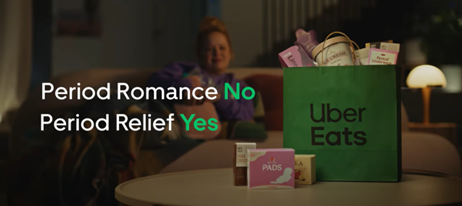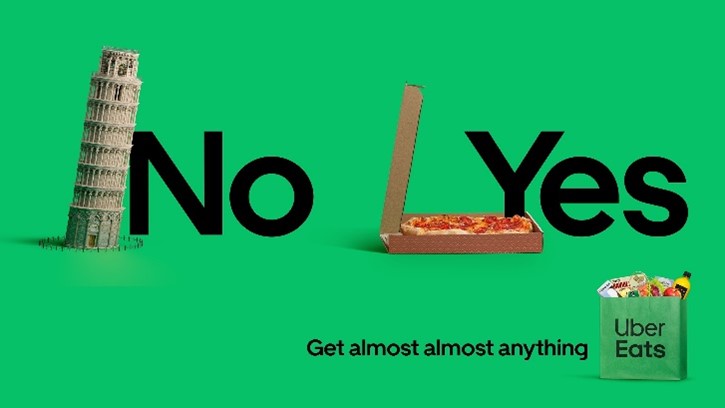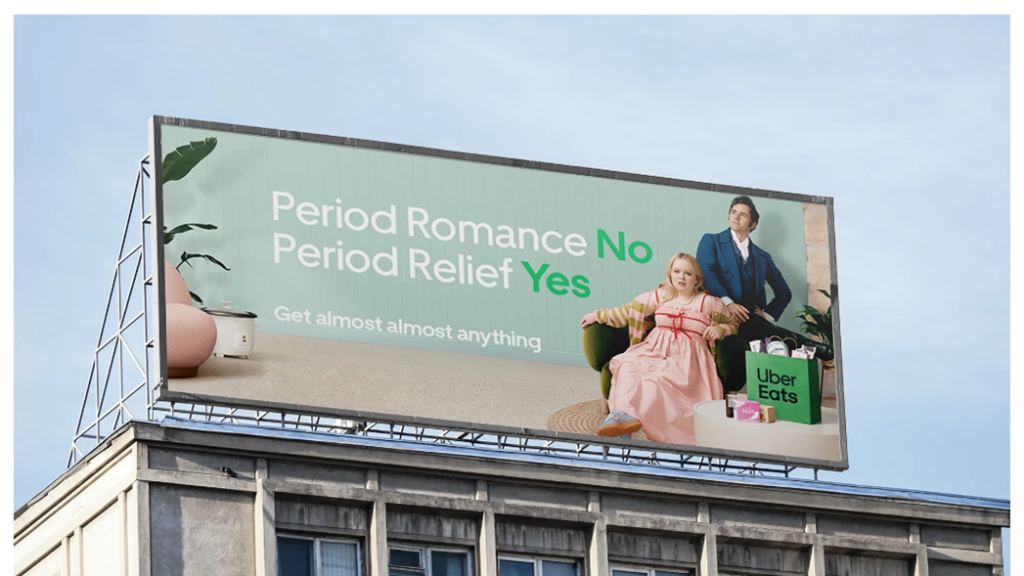Did you see the same ad pop up repeatedly when you watched the footy this season? Or, can you recall one ad from a childhood show that still brings back nostalgic memories?
For me, it was always the Youi ad that appeared right before Home & Away back in 2016. Now, eight years later, I still remember those Youi ads.
The market is saturated with ads created by brands trying to entice you with images or emotional appeal. However, the few ads that work effectively all share one thing in common. Do you want to know the secret of these effective ads?
The Marketing Rule of Seven!
What is the Marketing Rule of Seven?


The marketing rule of seven, originally pitched in 1930s by the film industry, suggests that any product or service must cross your target audience’s eyes at least 7 times before they take action or purchase from your brand.
What does this mean? Your target audience will respond stronger to repeated ads rather than novel, one-off advertisements.
Mere-Exposure Effect
The rule of seven is supported by the established psychological principle of the mere-exposure effect. The mere-exposure effect is rooted in the psychological phenomenon that the likeability of a stimulus is increased with repeated, unreinforced exposure to the stimuli.
Seeing an ad once doesn’t necessarily prompt a customer to immediately buy from your brand. However, seeing an advertisement seven times prompts them to remember and act on your brand.
Uber Eats marketing Success using the Rule of 7
Between 2023-2024, you may have seen Uber’s ‘Get Almost, Almost Anything’ campaign on your TV, social media and YouTube. These ads all have one thing in common, they presented Uber Eats’ brand messaging and imagery over seven times.
How to Use The Marketing Rule of Seven
The trick to using the marketing rule of seven rule is to keep your key messaging and branding the same. At the same time, you must create different concepts and stories for every channel your target your audience is on.
If your brand advertisement displays repeatedly, make sure its content is diverse and engaging. Remember: there is a fine line between effective and annoying.
How do we achieve this? Unique content!
Unique Content


Let’s go back to Uber’s ‘Get Almost Almost Anything’ TVC to see an example of balancing unique content with repeated brand messaging.
In the ‘Get Almost Almost Anything’ campaign, each ad tells a unique storyline featuring well-known characters.
Uber went the extra mile to partner with popular celebrities, TV shows and brands like Bridgerton, Tom Felton and VBs, to create engaging stories that targeted specific demographics.
Consistent messaging


Consistent messaging is just as important as unique content. If your advertisements lack a consistent theme, they appear disjointed or random. Your audience may not understand what action you want them to take or worse, they may not know your brand is behind them!
Going back to Uber Eats’ ads, we see they included the same key message at the end of every ad: ‘Get Almost, Almost Anything’.
To solidify their brand recognition, they also included their green Uber Eats takeout bag icon along with their iconic white and green colour palette. Although Uber Eats varied their advertisements’ content, they ensured their end message stayed the same: Get almost anything from Uber Eats!
If you dive straight into unique content without first establishing a consistent brand identity, your advertisements will get lost in a crowded sea of Instagram and Tik Tok influencers.
The rule of 7’s Role in multi-channel marketing strategies


The marketing rule of seven doesn’t just apply to TV ads. It can be used to advertise your brand effectively across a variety of print and media platforms. This multi-channel marketing approach helps enhance your brand recognition wherever your target audience spends time.
For example, the younger generation aged 19-25 years are on Instagram, TikTok and Over-the-Top Streaming (OTT) Services. Linear TV isn’t necessarily watched by younger generations. In fact, it’s being taken over by free, ad-supported TV such as 9NOW and 7Plus. But that’s a whole other story.
For now, lets focus on advertising your key message 7 times across platforms. If your target audience checks Instagram when they wake up, opens TikTok on their lunch break, checks Instagram again at 6pm when they finish work, watches OTT at night and then binges more TikTok before bed, then you’ll need ads on each of those platforms throughout the week.


If your audience sees or hears your advertisement less than seven times, they probably won’t interact with your brand. Getting your brand in front of them seven times or more will subconsciously entice them to purchase from you. They may even start talking about you with their friends.
For example, Uber Eats did not just display their campaign on Linear TV. This commercial was edited into small, engaging snippets for TikTok and their closing tiles were posted on billboards.


Become More Memorable with The marketing rule of 7
Uber Eats’ ads were so effective because they adjusted the story for their target audience, partnered with popular celebrities and used humour. But more importantly, they used the Marketing Rule of Seven.
Now remember, there is a fine line between engaging and irritating. The trick to getting across this tightrope is a solid marketing strategy in place with your key messaging, multi-channel platform timelines and target audience in place.
If you’re ready to get your brand to this level and begin saturating the market, chat to our team at Eco Brand Marketing for an effective multi-channel marketing strategy using the rule of seven.







